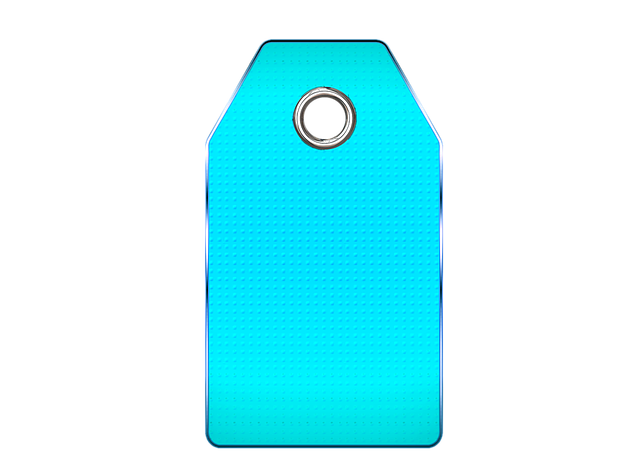Skin tags, small soft growths common in neck, armpits, and groin, can be aesthetically bothersome or cause discomfort. Edinburgh Tag Removal is a straightforward, in-office procedure led by dermatologists. After consultation to assess size, location, and number, local anaesthesia numbs the area while precise tools excise each tag at its base, taking just a few minutes per tag.
Looking to get rid of those unsightly skin tags? This comprehensive guide explores the surgical removal process, offering insight into its effectiveness compared to other methods. From understanding the causes and types of skin tags to choosing the right clinic in Edinburgh for your procedure, we’ve got you covered. Learn about pre- and post-surgical care, potential risks, recovery, and results.
Understanding Skin Tags: Causes and Types
Skin tags, also known as acrochordons, are small, soft skin growths that typically appear on the neck, armpits, and groin area. They can vary in size, from a few millimetres to around 1 centimetre, and often resemble little warts or bumps. Despite their harmless appearance, many people choose to have them removed for aesthetic reasons or because they find them unsightly or irritating.
There are several causes of skin tags, including friction, genetics, and hormonal changes. They can also be more prevalent in certain areas due to the accumulation of dead skin cells and proteins. In terms of types, skin tags generally fall into two categories: hanging tags that dangle from the skin, and solid tags that remain attached at one end. Edinburgh Tag Removal procedures are designed to target both types effectively using a range of techniques including freezing, cutting, or burning off the growths, depending on size and location.
The Edinburgh Tag Removal Process: Step-by-Step Guide
The Edinburgh Tag Removal process is a simple, in-office procedure that involves the surgical excision of skin tags. Here’s a step-by-step guide to what to expect:
1. Consultation and Preparation: Begin with a consultation where your dermatologist assesses each skin tag, considering size, location, and number. They’ll explain the process, answer any questions, and address concerns. Prior to the procedure, specific instructions will be provided, often including avoiding certain medications or supplements that can increase bleeding risk.
2. Anesthesia: Local anesthesia is administered to numb the area around the skin tag(s). This ensures a comfortable experience during the removal. The type of anesthetic used may vary depending on the size and depth of the tag. After the area is fully numbed, the dermatologist uses precise surgical tools to cut out the skin tag at its base. This quick and clean procedure typically takes only a few minutes per tag.
Skin tags can be harmless but many people opt for their removal for aesthetic reasons. The surgical removal process, like the one offered in Edinburgh, provides a quick and effective solution. By following a detailed step-by-step guide, individuals can achieve smooth, tag-free skin. For those considering Edinburgh Tag Removal, understanding the causes and types of these common skin growths is the first step towards a confident decision.
